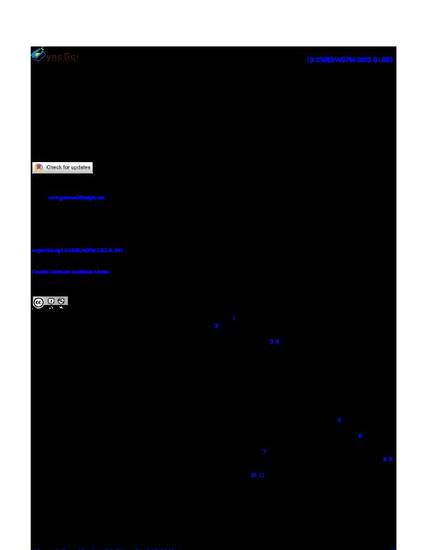
The purpose of this study was to investigate gender-based differences in gait biomechanics and to evaluate those effects on forces generated on the ACL during walking. Estimation of gender-specific ACL forces in the frontal plane can provide a better understanding of the biomechanical patterns underlying higher female injury risk. The present study used a sample from the Fels Longitudinal Study to test the hypothesis that there are significant gender-differences in frontal plane ACL loading during walking. A cross-sectional sample of 178 participants, including 79 males and 99 females was used to evaluate differences in gait kinetics. Females walked at higher cadence with narrower steps (P < 0.05). No difference was observed in the peak flexion force and knee rotation moment between males and females (P = 0.51 and 0.07), respectively. Peak abduction moment was significantly lower among females than in males (P = 0.05). A regression equation was developed which considers a person’s weight and height in addition to forces which could give better estimate of the forces acting on the ligament. The peak force acting on the ACL during walking reaches as high as 0.44 of BW, regardless of gender.
Available at: http://works.bepress.com/tarun-goswami/73/

This work is licensed under a Creative Commons Attribution-NonCommercial 4.0 International License.